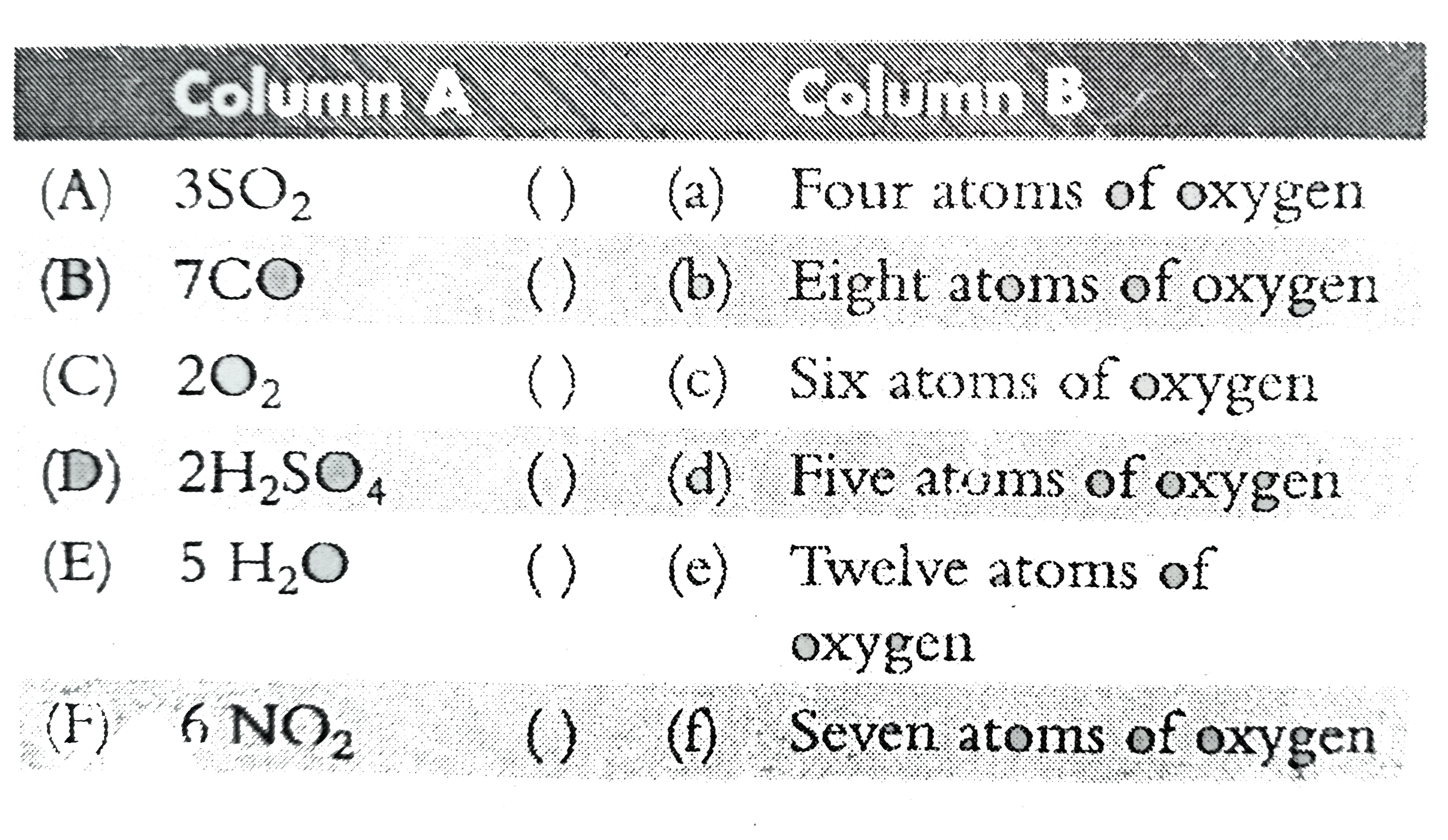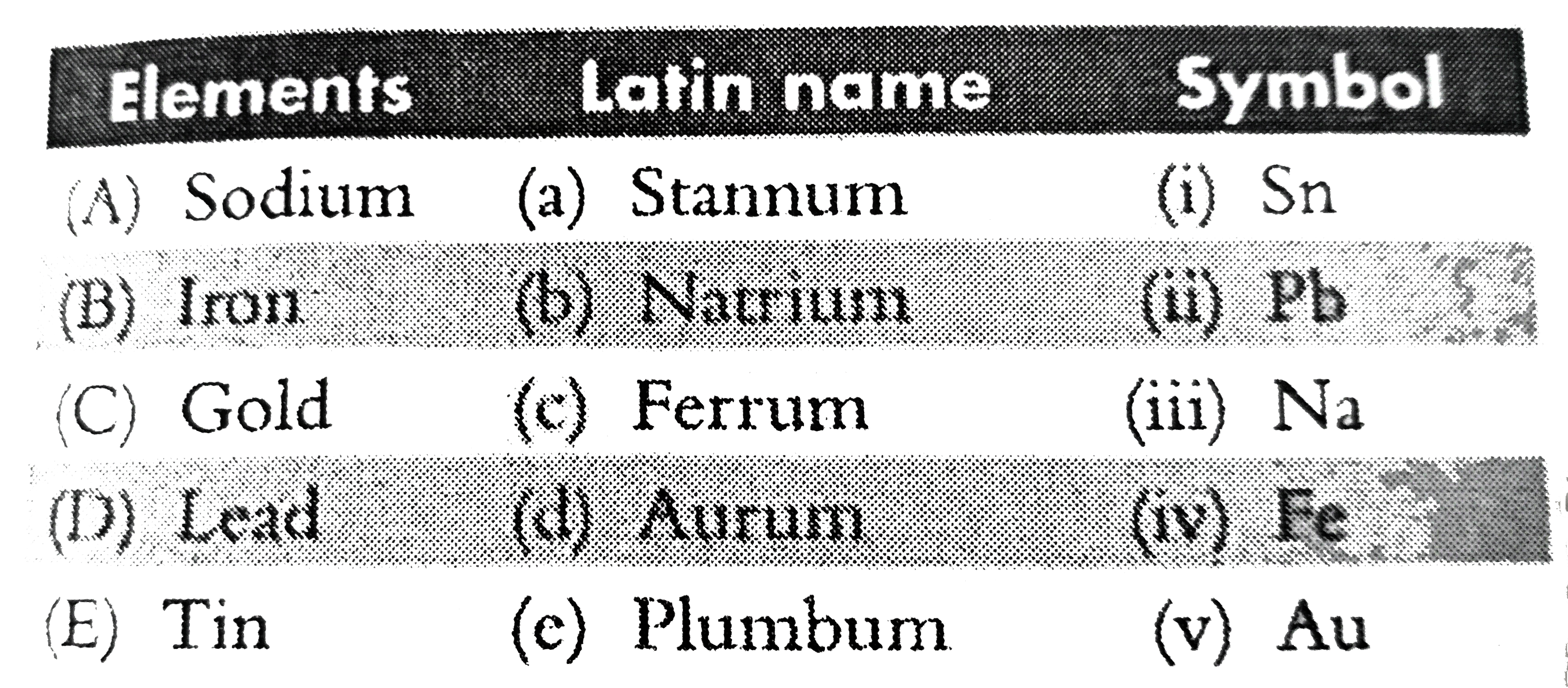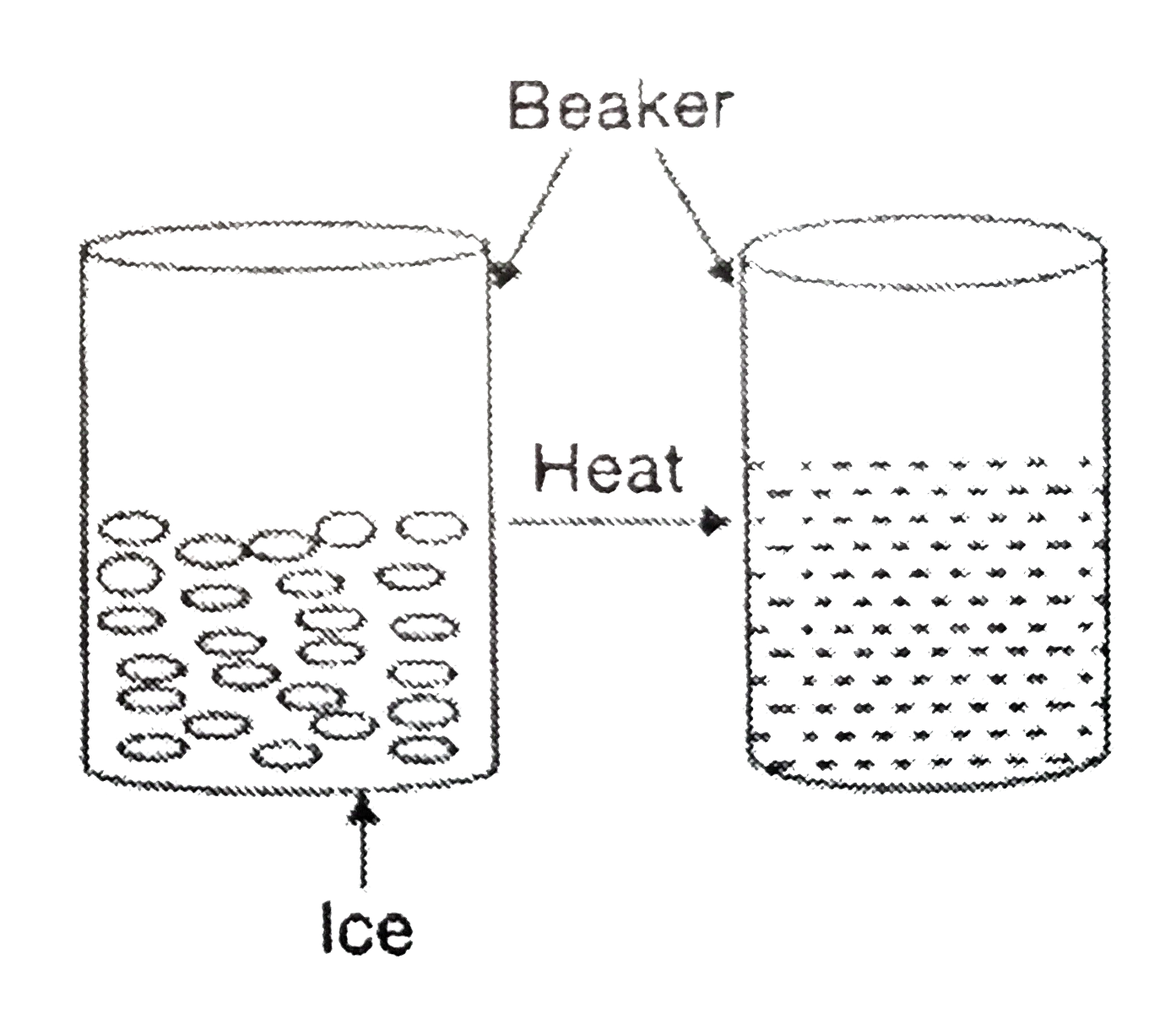Complete Solutions to short answer type questions of chapter LANGUAGE OF CHEMISTRY AND CHANGES AROUND US of Class 6 book with complete answers and questions
| Class 6 | CHEMISTRY |
| Chapter | LANGUAGE OF CHEMISTRY AND CHANGES AROUND US |
| PEARSON IIT JEE FOUNDATION | short answer type questions |
| Number Of Questions | 25 |
| Academic Year | 2023-24 |
Define the following: Atom, Molecule , Symbol, Formula
View SolutionWrite the formulae for the following
View SolutionWrite the names of the elements with the following symbols.
View SolutionRepresent the following in terms of their formulae.
View SolutionMolecules of some elements and compounds are given below Identify hydrogen ,hydrogen chloride water , carbon, dioxide , carbon disulphide, carbon tetrachloride.

View SolutionWrite the formulae of different compounds formed among the given elements

View SolutionIdentify the combining power of the elements present in the following compounds
View SolutionWrite the compounds of aluminium with the following elements
Oxygen , Sulphur, Nitrogen.
View SolutionComplete the following table.

View SolutionCalculate the ratio of the number of atoms of the first elements to the last elements in the formulae of the following compounds

View SolutionClassify the following into solids and liquids Glucose, Vinegar Nitric acid , Sodium hydroxide, Baking soda and Sugar.
View SolutionMatch the following

View SolutionMatch the following

View SolutionWrite the symbols for the following elements.
(a) Boron (b) Sulphur
(c ) Argon (d) Calcium
View SolutionGive two example for the following
View SolutionDefine the following: Chemical change, Reversible change, Periodic change physical change
View SolutionClassify the following changes as reversible and irrefversible changes.


View SolutionAnalyse the above diagrams and answer the following questions.
(a) Identify the test tube (s) in which new substance (s) is`//`are formed.
(b) Does the composition change in all the test tubes ? Give reasons .
(C ) Identify the colour changes associated with the relevant physical change given.
View SolutionState three differences between a physical change and a chemical change.
View SolutionGive reasons for the following
(a) When magnesium is burnt in air the weight of white ash obtained is more than magnesium metal.
(b) The weight of rusted iron is more than that of the original metal.
View SolutionClassify the following into physical and chemical changes.
(a) Expansion of metals on heating
(b) Crystallization of salts from their solutions
(C ) Blackening of silverware
(d) Ripening of fruits
(E ) Cooking of food
(F) Melting of ice
View Solution(a) Identify the products formed.

(B) Observe the following figure and identify the change associated with it .

( C) Name the product formed in the following change

View Solution
Explain the type of changes involved in the above chart.
View SolutionStudy the diagram given below and answer the following questions.

(a) Does the composition remain the same
(b) Name the type of change involved .
(c ) Write any two characteristics of the above change.
View SolutionA desirable change is always associated with an undesirable change. Give as example.
View Solution
short answer type questions questions and complete solutions for chapter LANGUAGE OF CHEMISTRY AND CHANGES AROUND US of PEARSON IIT JEE FOUNDATION of Class 6
All Exercises from PEARSON IIT JEE FOUNDATION Class 6 CHEMISTRY LANGUAGE OF CHEMISTRY AND CHANGES AROUND US
- Assessment test
- ASSESSMENT TEST (TEST 1)
- ASSESSMENT TEST (TEST 1) (IDENTIFY TRUE OR FALSE STATEMENTS AMONG THE FOLLOWING REWRITE THE CORRECT STATEMENTS.
- ASSESSMENT TEST (TEST 1) IDENTIFY TRUE OR FALSE STATEMENTS AMONG THE FOLLOWING.
- Concept Application
- Crossword
- Example
- short answer type questions
- TEST YOUR CONCEPTS (SHORT ANSWER TYPE QUESTIONS)
- TEST YOUR CONCEPTS (SHORT ANSWER TYPE QUESTIONS) GIVE REASON FOR THE FOLLOWING.
- TEST YOUR CONCEPTS (VERY SHORT ANSWER TYPE QUESTIONS) FILL IN THE BLANKS
- TEST YOUR CONCEPTS (VERY SHORT ANSWER TYPE QUESTIONS) SELECT THE CORRECT ALTERNATIVE FROM THE GIVEN OPTIONS
- very short answer type questions